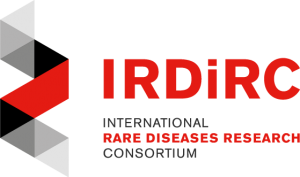Publication authors
Klymiuk N, Blutke A, Graf A, Krause S, Burkhardt K, Wuensch A, Krebs S, Kessler B, Zakhartchenko V, Kurome M, Kemter E, Nagashima H, Schoser B, Herbach N, Blum H, Wanke R, Aartsma-Rus A, Thirion C, Lochmüller H, Walter MC, Wolf E.
Journal
Hum Mol Genet., volume 22, issue 21, pages 4368-4382
Publication date
June 2013
Abstract
Duchenne muscular dystrophy (DMD) is caused by mutations in the X-linked dystrophin (DMD) gene. The absence of dystrophin protein leads to progressive muscle weakness and wasting, disability and death. To establish a tailored large animal model of DMD, we deleted DMD exon 52 in male pig cells by gene targeting and generated offspring by nuclear transfer. DMD pigs exhibit absence of dystrophin in skeletal muscles, increased serum creatine kinase levels, progressive dystrophic changes of skeletal muscles, impaired mobility, muscle weakness and a maximum life span of 3 months due to respiratory impairment. Unlike human DMD patients, some DMD pigs die shortly after birth. To address the accelerated development of muscular dystrophy in DMD pigs when compared with human patients, we performed a genome-wide transcriptome study of biceps femoris muscle specimens from 2-day-old and 3-month-old DMD and age-matched wild-type pigs. The transcriptome changes in 3-month-old DMD pigs were in good concordance with gene expression profiles in human DMD, reflecting the processes of degeneration, regeneration, inflammation, fibrosis and impaired metabolic activity. In contrast, the transcriptome profile of 2-day-old DMD pigs showed similarities with transcriptome changes induced by acute exercise muscle injury. Our studies provide new insights into early changes associated with dystrophin deficiency in a clinically severe animal model of DMD.
DOI link
10.1093/hmg/ddt287



